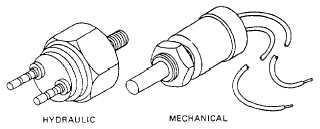
Figure 4-47.-Typical stoplight switches.
CAUTION
Never bypass a fuse or circuit breaker by using tinfoil or direct wire method. Always use the correct amperage rating when replacing any fuse or circuit breaker.
DIRECTIONAL SIGNALS
Troubleshooting directional signals may be somewhat complicated due to the fact that most of the turn signal switches, flashing units, and much of the wiring is located under the dashboard or in the steering column. In addition, the most common design for a turn signal system is to use the same rear lamps for both the stoplights and the turn signals. This somewhat complicates the design as the brake light circuit must pass through the turn signal switch. As the left or right turn signal is energized, the stoplight circuit for that circuit is opened and the turn signal circuit for that circuit is closed.
NOTE
When this type of circuit is used, the front indicator lamps and front signal lights must be on a separate signal switch circuit.
To troubleshoot this type of switch, first find the multiwire connector joining the main wiring harness to the signal switch harness. Use a 12/24 volt test lamp and the manufacturer's maintenance manual as a guide. Test the input and output of the switch. If the switch is at fault and must be replaced, usually the steering wheel has to be removed before the switch maybe removed.
Failure of the signal lights to flash is usually caused by the flasher unit. A flasher unit is a nonrepairable item mounted under the dashboard or on the fire wall.
BRAKE LIGHTS
The two types of brake light switches are hydraulic and mechanical (fig. 4-47). These may be mounted under the dashboard, on the master cylinder, or on the vehicle main frame. To test the switch, first check for power to the switch. Then using a 12/24 volt test lamp, touch the probe to the output terminal of the brake light switch and apply the brakes. If the test lamp lights, the switch is good. If the test lamp does not light, the switch is defective and must be replaced.
HORNS
The current draw of a horn is very high; therefore, it is usually operated by a relay (fig. 4-48). The control switch (horn button) is almost always mounted in the

Figure 4-48.-Typical horn circuit using a relay.
Continue Reading